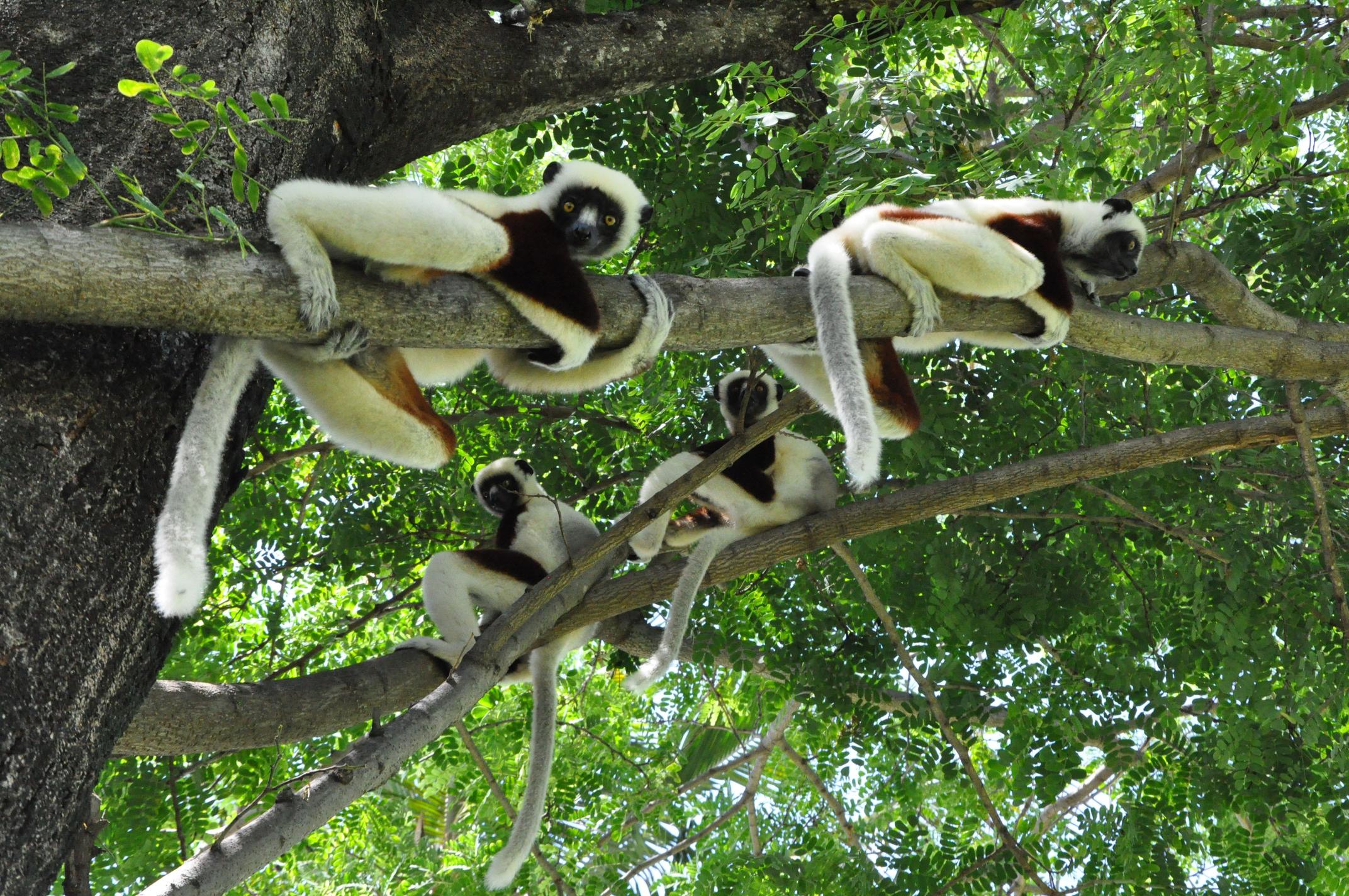A recent piece in The Telegraph, “Carbon offsetting may be a gold mine in the West — but in Madagascar, sapphires are the real prize,” highlighted the challenges of illegal mining and deforestation in a protected area in Madagascar where carbon credits are being used to keep forests standing.
As The Telegraph’s story makes clear, protecting the forests of Madagascar’s Ankeniheny-Zahamena Corridor (CAZ), where Conservation International has worked for years, is a dauntingly difficult task in a country with extreme poverty and a history of governmental instability. Illegal mining in the CAZ and elsewhere in Madagascar is a major social and environmental problem, one that Conservation International has been public about and which we have repeatedly called on the government to address.
Yet as we know from our experience working here, it is small-scale agriculture, not mining, that is by far the largest driver of deforestation in the CAZ. Similar scenes have been seen in the Amazon (in Suriname and Peru, among others), and though the ugly impacts of mining are intense where they occur and make for a more dramatic story, they tend to be confined to smaller areas, while agricultural and cattle ranching expansion has a wider and more enduring impact on forests.
Curbing this expansion through sustainable livelihoods is critical in Madagascar as it is throughout the tropics, and this is where Conservation International has focused its efforts in recent years. In the CAZ, we have significantly increased livelihood investments since 2018, and early results are promising, as The Telegraph noted, with deforestation falling each year since 2017. What The Telegraph did not report is that deforestation is around four times higher just outside CAZ than within it. What we are doing is working.
But, in a country with few economic alternatives, it still pays to destroy the forest, and this is where carbon credit programs come in. These programs offer a way to flip the economic script: Polluters in developed countries buy and trade credits, with the revenue going to landowners and smallholders in developing countries as an incentive to leave their forests standing. Ultimately, market forces would discourage carbon pollution as prices for these credits rose over time, while forests would absorb more climate-warming carbon from the atmosphere.
The project that The Telegraph refers to started in 2007, and one tranche of 430,000 carbon credits was sold through the program in 2012. Since then, Conservation International has not sold and will not sell carbon credits from the CAZ, which is now part of a larger conservation program funded and operated by multilateral institutions.
Here’s the rub: Current carbon prices have been shown to be sufficient to compensate for the opportunity costs of small-scale agriculture in the CAZ, but not for the higher opportunity costs of illegal mining. Conservation International strongly agrees on the need to increase carbon prices accordingly.
Carbon credits are just one way to generate financing to protect nature and enhance its ability to regulate the climate. Furthermore, carbon credits are not, and should not be taken as, license to pollute — something that programs like California’s cap-and-trade initiative addresses explicitly. We agree with calls to establish a properly regulated market for carbon credits. Until that happens, the best thing to do is to buy only high-quality, independently certified voluntary offsets that reduce deforestation, benefit biodiversity and generate livelihoods for local people.
Humanity is running short on time to bend the carbon curve. We need every tool at our disposal.
Agustin Silvani is senior vice president for conservation finance at Conservation International. Want to read more stories like this? Sign up for email updates here. Donate to Conservation International here
Photo: Lemurs in a tree, Madagascar. (© Tyler Kelley)
Further Reading:
